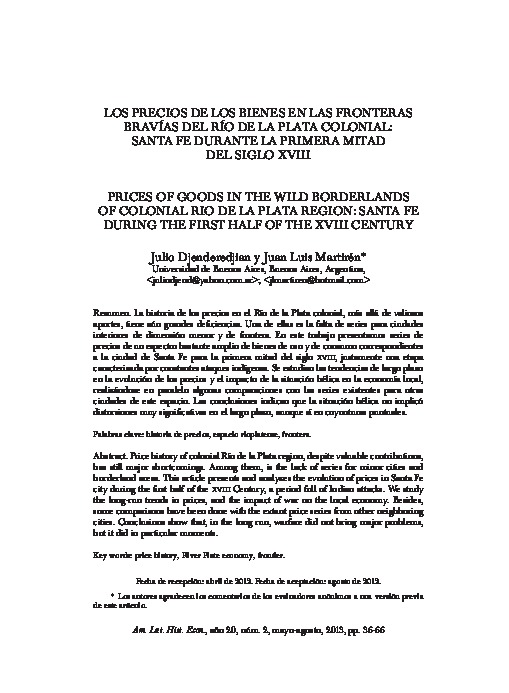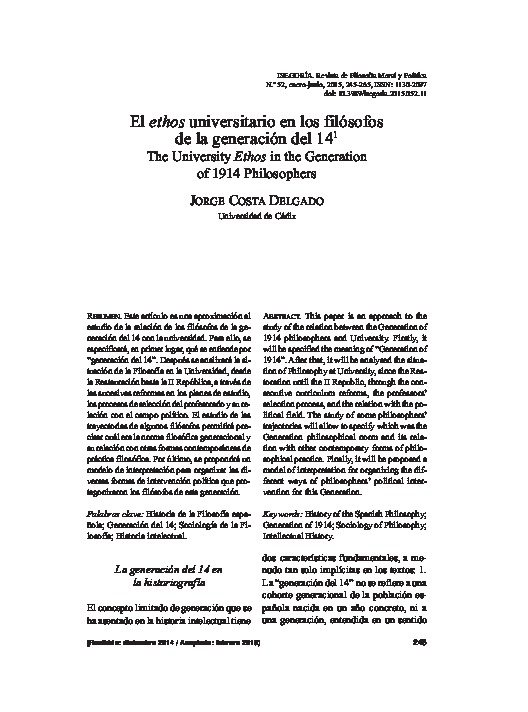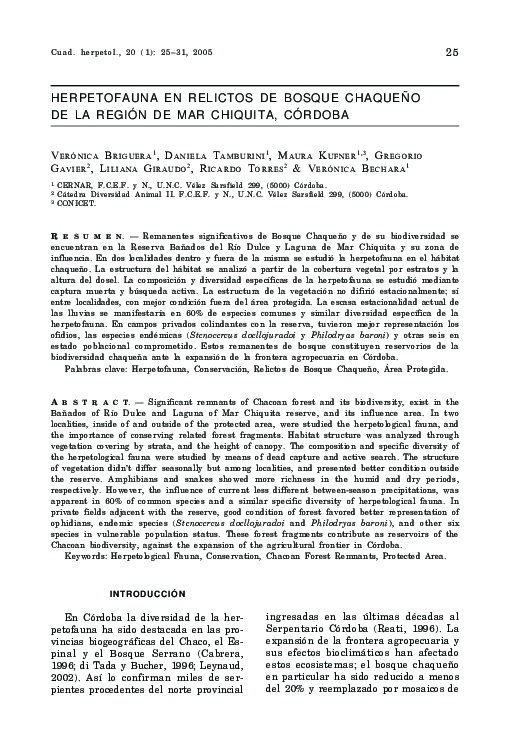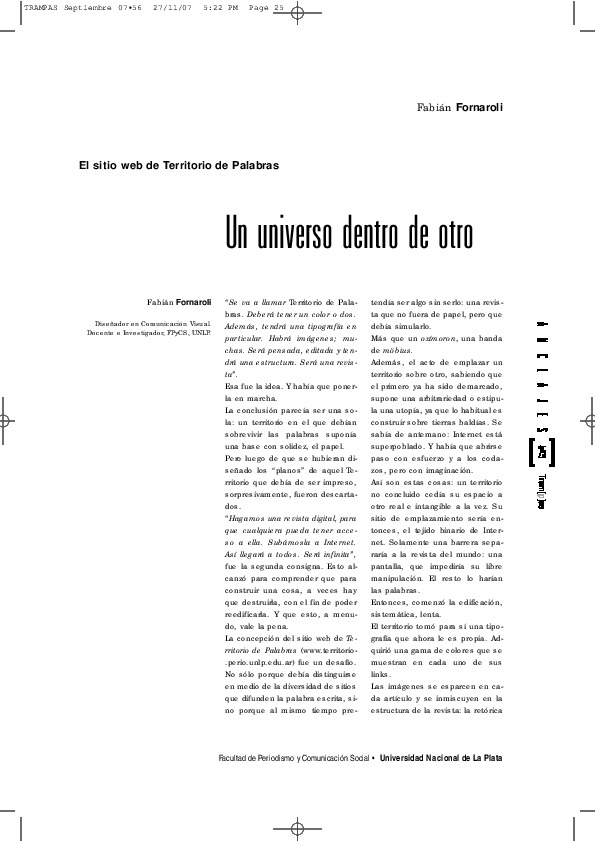Textos
Texto

Influence of tillage on some soil chemical properties and Eucalyptus grandis growth
Descripción
Afforestation has increased rapidly in Uruguay since the Congress in1989 passed a law that promotes comercial forestation. This has raised public questions about the long term effects of forestation on soil quality and tillage requirements. The objective of this work was to evaluate the effect of tillage intensity on some soil chemical properties and wood production. The experiment was carried out in a Mollic Hapludalf , and planted with Eucalyptus grandis in 1992. A randomized complete block design with three replicates was established. Tillage treatments included: pitplanting (PP), intensive tillage of the whole surface (IT), reduced tillage (RT) that corresponds to 1/3 of the surface, and unplanted soil (US). Soil organic carbon (SOC), pH(H20), pH(KCl), and exchangeable Al was measured in the planting row from 0-2.5, 2-5, 5-10, and 10-15 cm depth after remove all soil surface litter, 8 and 19 years after plantation. Diameter breath height (DBH), tree height (Ht), and wood volume (WV) was determined. Soil pH (H20) was higher in PP than the mean between IT and RT 8 years after plantation; however soil pH (H20) was higher in US than the mean of all tillage systems from 10-25 cm depth. Tillage systems did not affect soil pH (H20) 19 year after plantation. Soil pH (KCl) was higher in PP than IT and RT mean from 0-0.025, 0-025-0.05, and 0.10-0.15 m depth 8 years after plantation. Pit planting had more SOC from 0-2.5 than the other tillage systems in both evaluations. DBH, Ht, and WV were not affected by tillage systems. This research indicates that tillage systems effects on soil pH detected 8 years after plantation tends to disappear when the plantation was 19 years-old. Pit-planting had more SOC than intensive tillage systems while maintaining the same wood production than more intensive tillage systems.
Pérez Bidegain M., Resquín, F. & Rachid, C. (2012) Influence of tillage on some soil chemical properties and Eucalyptus grandis growth. Agrociencia, 16(3), pp. 306-309.
Categorias:
Colecciones:
Recuerda
La cultura y la educación necesitan de tu apoyo activo.
Información del autor
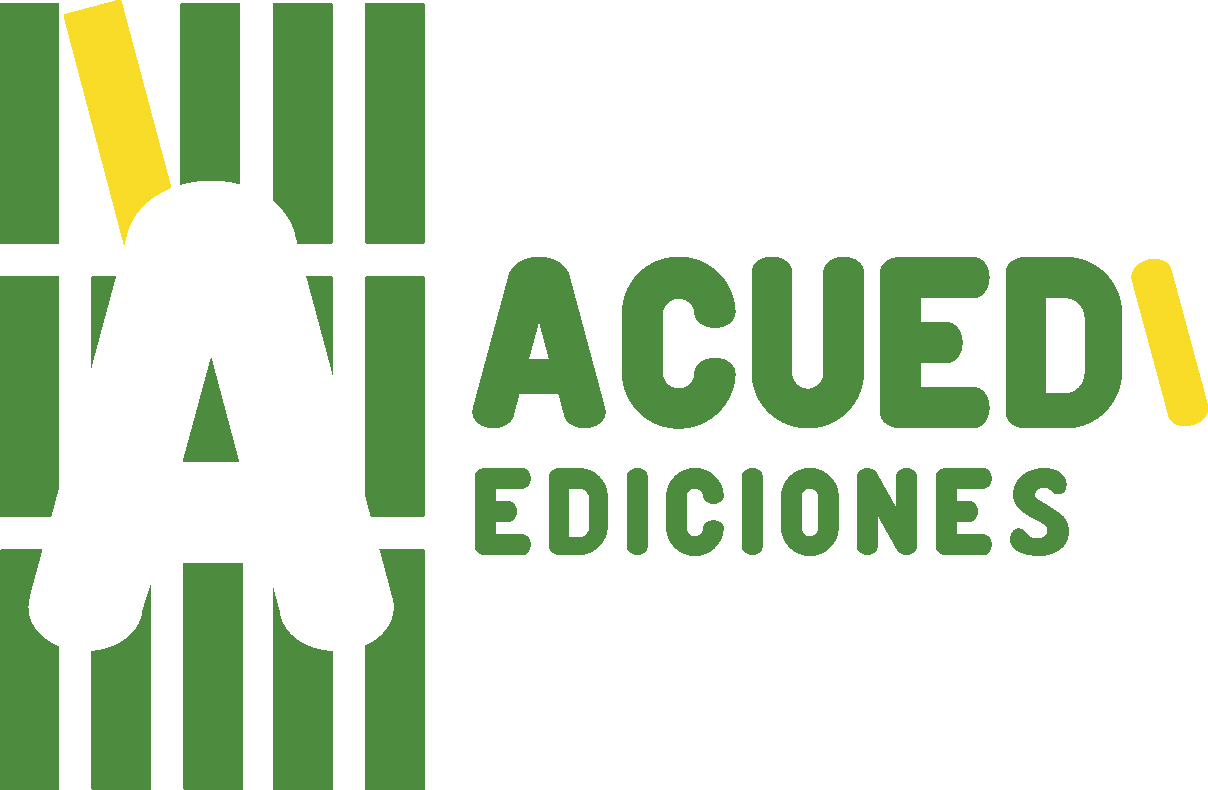
ACUEDI
ACUEDI son las siglas de la Asociación por la Cultura y Educación Digital. Somos una asociación civil sin fines de lucro, con sede en Lima (Perú), fundada en noviembre del 2011. Nuestro principal objetivo es incentivar la lectura y la investigación académica, especialmente dentro de espacios digitales. Para ello hemos diseñado una serie de proyectos, todos ellos relacionados entre sí. Este es nuestro proyecto principal, nuestra Biblioteca DIgital ACUEDI que tiene hasta el momento más de 12 mil textos de acceso gratuito. Como tenemos que financiar este proyecto de algún modo, ya que solo contamos con el apoyo constante y desinteresado de la Fundación M.J. Bustamante de la Fuente, hemos creado otros proyectos como ACUEDI Ediciones, donde publicamos libros impresos y digitales, y la Librería ACUEDI, donde vendemos libros nuestros y de editoriales amigas ya sea mediante redes sociales, mediante esta plataforma, en eventos o en ferias de libros.ACUEDI
